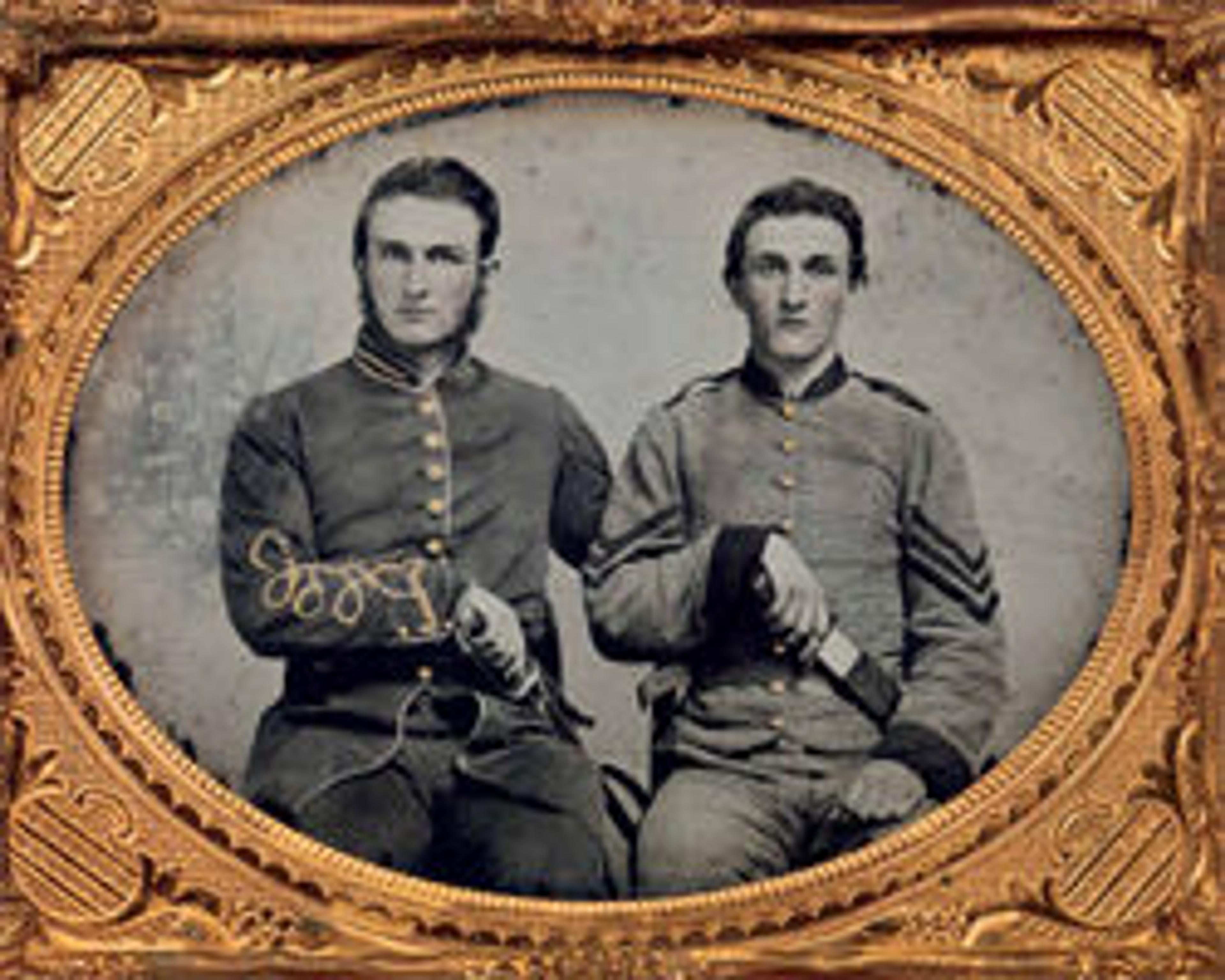A Harvest of Death, Gettysburg, Pennsylvania
This photograph of the rotting dead awaiting burial after the Battle of Gettysburg is perhaps the best-known Civil War landscape. It was published in Gardner’s Photographic Sketch Book of the War (1866), the nation’s first anthology of photographs. The Sketch Book features ten photographic plates of Gettysburg—eight by Timothy H. O’Sullivan, who served as a field operator for Alexander Gardner, and two by Gardner himself. The extended caption that accompanies this photograph is among Gardner’s most poetic: "It was, indeed, a ‘harvest of death.’ . . . Such a picture conveys a useful moral: It shows the blank horror and reality of war, in opposition to its pageantry. Here are the dreadful details! Let them aid in preventing such another calamity falling upon the nation."
Artwork Details
- Title:A Harvest of Death, Gettysburg, Pennsylvania
- Artist:Timothy H. O'Sullivan (American, born Ireland, 1840–1882)
- Printer:Alexander Gardner (American, Glasgow, Scotland 1821–1882 Washington, D.C.)
- Publisher:Alexander Gardner (American, Glasgow, Scotland 1821–1882 Washington, D.C.)
- Date:July 1863
- Medium:Albumen silver print from glass negative
- Dimensions:Image: 17 13/16 × 22 1/2 in. (45.2 × 57.2 cm)
Mount: 11 15/16 × 15 5/8 in. (30.4 × 39.7 cm) - Classification:Photographs
- Credit Line:Gilman Collection, Museum Purchase, 2005
- Object Number:2005.100.1201
- Curatorial Department: Photographs
More Artwork
Research Resources
The Met provides unparalleled resources for research and welcomes an international community of students and scholars. The Met's Open Access API is where creators and researchers can connect to the The Met collection. Open Access data and public domain images are available for unrestricted commercial and noncommercial use without permission or fee.
To request images under copyright and other restrictions, please use this Image Request form.
Feedback
We continue to research and examine historical and cultural context for objects in The Met collection. If you have comments or questions about this object record, please contact us using the form below. The Museum looks forward to receiving your comments.
